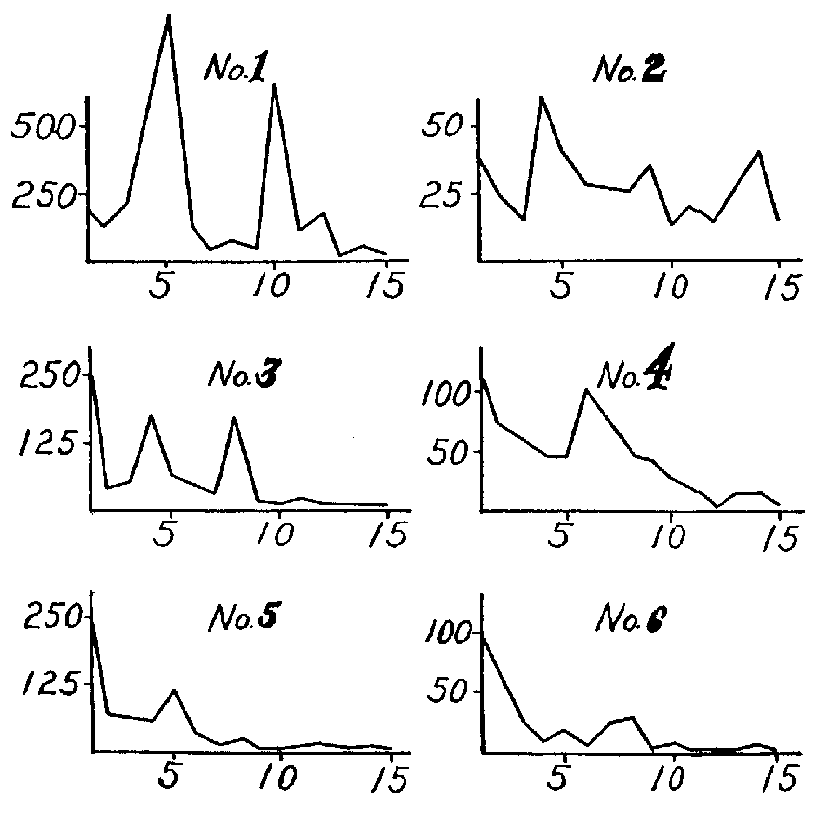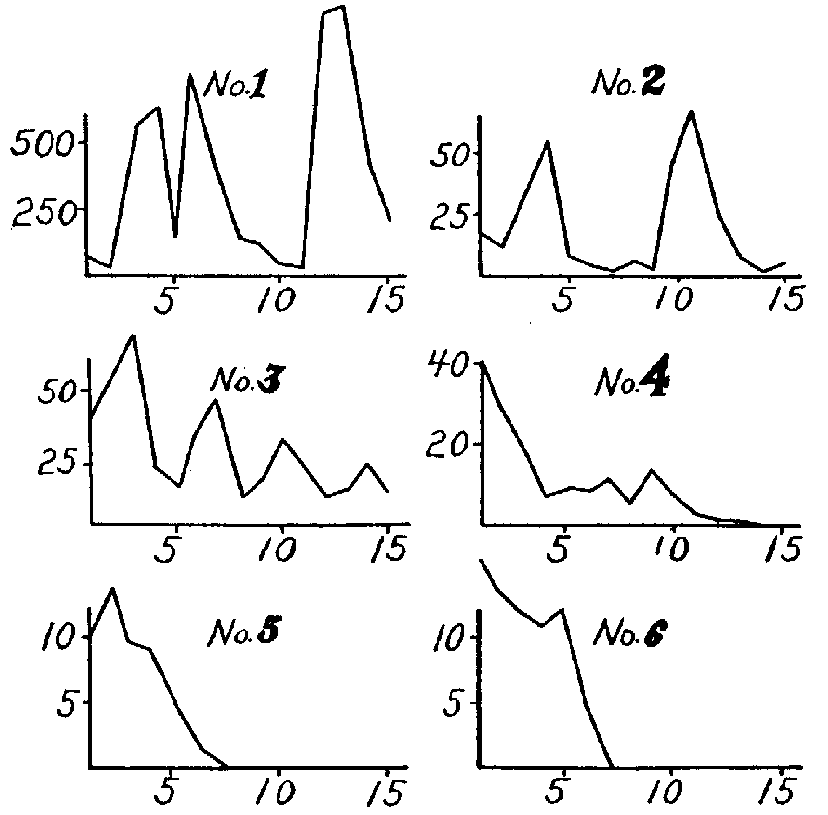Hunger as A Factor in Learning
W. A. Bousfield and M. Sherif
Harvard University
It is conventional to speak of the reflex as if it were a simple, point-to-point correlation between the stimulus and the response. At the same time it is practically taken for granted that most behavior which the behaviorist might want to call reflex, or at least to express in terms of stimulus and response, is dependent upon the general state of the organism, such as drive, fatigue, emotional factors, etc. In eating, for example, the hungrier the animal the less easily it is distracted from its eating; in general terms, the stronger the drive, the less easy is distraction. However, since the relation of stimulus and response forms the setting of most experimental work and theoretical behavioral discussion, it seems well to indicate the importance of what is more or less obvious to common sense by presenting definite quantitative data upon the eating reaction. These results also suggest a method by which drive can be measured.
The experiment consisted of the determination of progressive changes in the times of cessation of eating, after a loud noise, and when the animals had been deprived of food for determined intervals of time. The Ss were 6 chickens and 6 rabbits.
The following technique was employed with the chickens. At 7:30 A. M. a supply of food, considerably in excess of what the chickens would eat at one feeding, was placed in the coop. Chicken No.1 was removed and carried in a box to a point about a quarter of a mile distant, where it was placed in a cage also containing a liberal supply of food. At 8:30 A. M. the five remaining chickens in the coop were caged so that food could no longer be touched. The E then returned to Chicken No. 1 and waited, when necessary, for it to return to food. When it was evident that the eating was definitely under way, he fired a blank cartridge over the chicken's head, simultaneously with starting a stop-watch. All of E's movements, as well as the sight of the pistol, were hidden by means of suitable screens. When eating was once more evident after the firing of the shot, the stopwatch was stopped, thus measuring the cessation time of eating in seconds. Chicken No. 1 was then allowed to remain in the cage for an additional interval of about 15 min. It was then removed, and after all remains of food had been cleaned up, Chicken No. 2 was placed in the cage. Following a fast of 1 1/2 hours, food was presented to Chicken No. 2. The shot was fired as soon as the eating was definitely in progress, and the time of cessation was obtained with the stopwatch as in the case of Chicken No. 1. This procedure was repeated for the remaining four chickens, with periods of fast lasting 3, 4 1/2, 6 and 7 1/2 hours respectively. Since food was continuously present in the case of Chicken No. 1, the period of fast has been arbitrarily designated as 0.
The parallel experiment with the rabbits differed essentially only in one respect. The chickens were used on alternate days, and the rabbits on successive days.
(553)
The results are shown in Figs. 1 and 2. In each figure the times of fasting increase from No. 1 to No. 6 —for the six chickens in Fig. 1 and the six rabbits in Fig. 2.

Figure 1. Results for the Chickens
(Abscissae: Trials. Ordinates: Time, in sec., of cessation)
It is evident that the times of cessation tend to decrease in successive trials, that the decrease is greater or more rapid or both as the period of fasting increases, and that cessation of eating at the pistol shot may fail to occur (as in the case of Rabbits Nos. 4, 5, 6, Fig. 2).
The figures suggest that the rabbits learned more rapidly than the chickens. However, it must be remembered that the rabbits learned on successive days so that there was less chance for forgetting. Moreover, it may have been easier for a rabbit to resume chewing upon food already in its mouth than for a chicken to initiate the entire pecking response.
Conclusion. The data of this experiment give an univocal quantitative indication of the influence of the condition of the organism as a factor in what may be designated as a type of learning. Specifically we may conclude: (1) that the
(554) greater the degree of hunger, the sooner will a loud noise become relatively ineffective in inhibiting the responses to food; and (2) that the time of cessation of observable eating responses is a function of the number of trials in the oases of the longer fasts.
